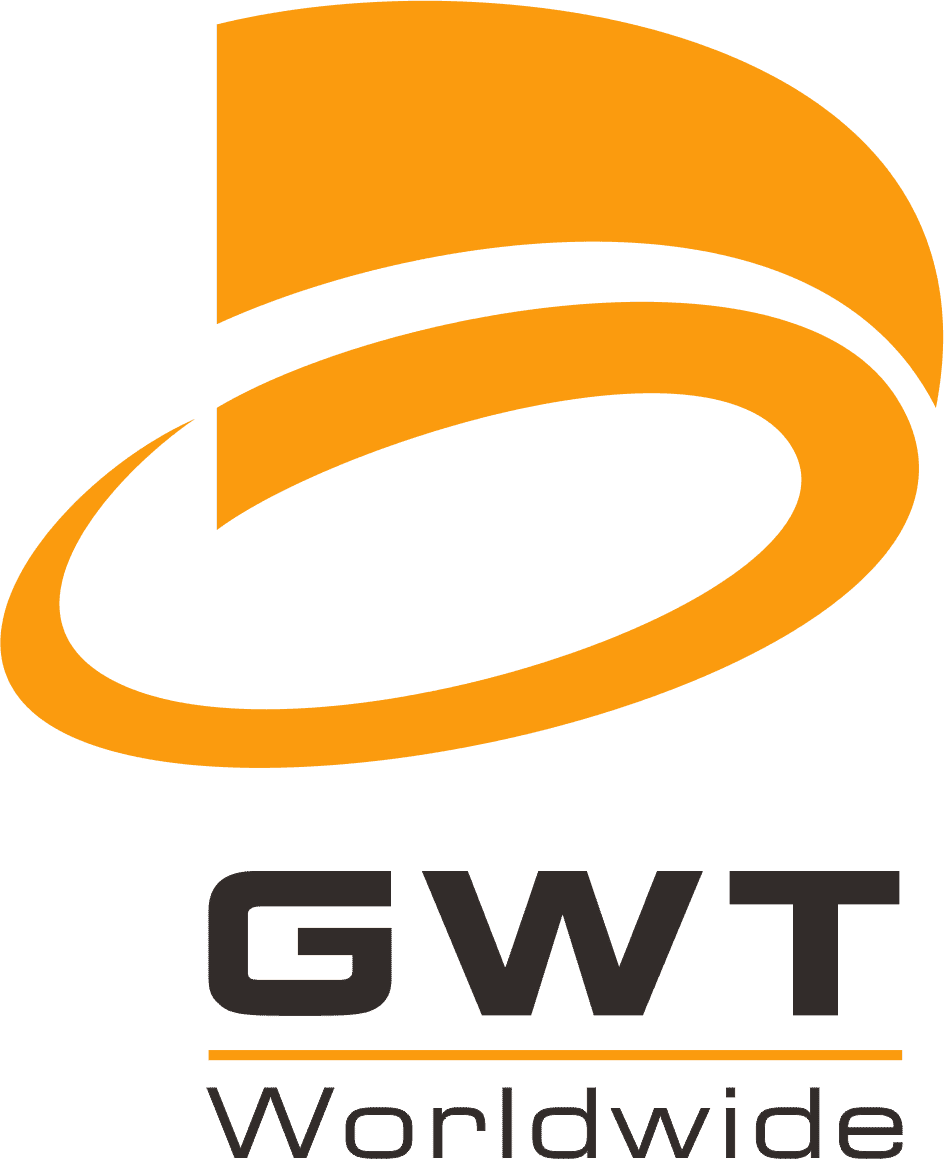Since long, Japan serves as a vital trading nation to the United States by sending multiple imported goods, including most goods, ranging from vehicles to electronics to machinery to medical instruments. Multiple regulations together with duties and fees, including shipping cost, stand in the way of importing from Japan into the U.S. Knowledge of import costs and procedures, including import fees from japan, stands vital for individual and business importers because of its importance.
This document examines all necessary aspects to import Japanese items into the U.S. market under the economic partnership agreement through detailed information about fees along with trade agreements and legal boundaries with established import best practices.
Through the U.S.-Japan Trade Agreement (USJTA) both countries goal to build better economic ties by removing tariffs on numerous products which helps agriculture producers and automotive manufacturers and manufacturers operate more successfully. The Japanese market has opened more opportunities for agricultural producers through reduced pork beef and wine tariffs which enables U.S. farmers to grow their exporting activities. The automotive sector receives benefits from this agreement because it removes international trade barriers that once impeded the flow of automobiles and electronic devices and machinery products and medical instruments from Japan to the United States, including the option for air freight . American import businesses and individuals need to be responsible and understand multiple levels of complexity in import procedures since the United States depends heavily on foreign imports from certain countries while importers face several regulations and payment requirements including tariffs. The costs of shipping together with delivery times influence the ultimate cost of imported products for importers. The success express shipping in importing Japanese products into the market depends on a complete knowledge of U.S. import procedures to prevent unwanted expenses and delays.
To execute customs clearance successfully importers need thorough knowledge of the required documentation that includes Commercial Invoice and Bill of Lading as well as any certification needed for electronic products and food items. Although complex at times the customs requirements become more manageable when using reputable customs brokers or freight forwarders. Essential professionals provide thorough guidance about proper documentation along with fee payments and options for express shipping in addition to U.S. regulatory compliance to simplify every stage of product importation.
The costs associated with shipping merchandise from Japan need thorough assessment to maintain proper financial planning and cost management schemes. Shipping costs depend on the shipping methods air, sea or land and both the cargo volume along with distance and shipping volume. Advance assessment of import costs together with customs duties, taxes, shipping costs and purchase price enables businesses to determine precise import costs for optimizing their supply chain operations. The combination of streamlined logistics with ongoing monitoring of import regulations enables businesses to run profitable Japanese imports which follow U.S. law requirements. Through tariff reduction the USJTA promotes better trade efficiencies along with expanded market participation which stimulates industrial economic expansion due to strong international trade dependence.
Key Takeaways

- Importation expenses consist of three parts: customs duties in addition to MPFs and HMFs and transportation fees.
- The United States Customs considers all personal imports with a worth under $800 eligible for duty-free treatment.
- Industrial along with agricultural products can enter without customs duties or with reduced duties through the USJTA.
- The evaluation of melamine through anti-dumping investigations potentially affects the importation of particular goods.
- The calculation of import duties requires proper documentation combined with accurate classification that uses the Harmonized Tariff Schedule (HTS).
Understanding Import Costs
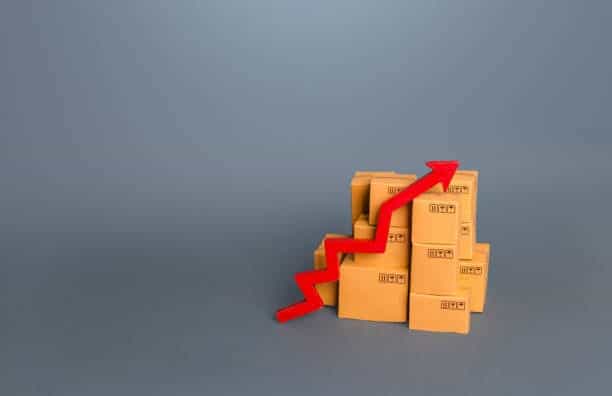
The costs of importing products imported are largely determined by which category of the Harmonized Tariff Schedule (HTS) applies to them. Foreign products entering the U.S. receive specific assignments of HTS codes that establish which duty rates can be applied. Different HTS categories determine the ad valorem duty rates applied to electronics and industrial machinery versus textiles and agricultural products, often influenced by the wto rate . Evaluating product classification correctly helps importers settle duties accurately and follow U.S. Customs and Border Protection (CBP) standards.
The costs of shipment depend largely on which transport method the importer selects for moving their goods arrive across borders. Imports can select between ocean transportation and air transportation yet ocean boards offer cheaper rates for large-scale shipments while rapid air delivery incurs substantial higher expenses. The application of Harbor Maintenance Fees affects sea-based shipments countries differently than the freight rates exception granted for air freight shipments. Assessing the shipping specific rates costs related to cargo transportation allows businesses to strike a balance between shipment speed and financial costs for their operations.
The price to import small packages of goods from Japan for personal use depends on product cost specifications together with classification and total value of shipment. These are the main elements that affect the costs associated with importing and how products are delivered .
Personal Imports and Informal Entries

- Personal imports of goods worth no more than $800 are free from customs duty under the terms of De Minimis Rule. The U.S. De Minimis rule operates for shipments that enter the country by any type of transport including air, sea and courier services.
- Entry requirements differ when shipment values stay below $2,500 because they become informal entries with simplified paperwork and reduced fees. The shipments which are below $2,500 enter the United States without formal customs procedures because they are subject to MPFs only.
Formal Entries (Commercial Shipments)

- To enter the U.S. formally the value threshold is $2,500 so such shipments require extensive documentation and bond agreements with security writings.
- Commercial importers need to submit three documents which include an invoice, packing list together with the accurate Harmonized Tariff Schedule (HTS) classification.
Breakdown of Import Costs

1. Import Duties
The duty rates during importation reflect how HTS classifies each product. USJTA establishes duty-free entry for certain goods imported from Japan at a preferential rate but different products face standard duty rates during import.
- Example HTS Classifications:
- Passenger vehicles: 2.5% duty
- Motorcycles: Free or up to 2.4%
- Consumer electronics: Generally duty-free
- Optical instruments: Varies from 0%–10%
Businesses can learn their product’s exact duty rate through two methods involving two airports : either using the CBP’s HTS lookup tool or hiring a customs broker post office.
2. Merchandise Processing Fees (MPFs)
The calculation formula for most imports determines Merchandise Processing Fees because it uses this method.
- Formal Entries: 0.3464% of the shipment’s value, with a minimum charge of $31.67 and a maximum cap of $614.35.
- Informal Entries: A standard MPF of $2.53
3. Harbor Maintenance Fees (HMFs)
HMF imposes a charge at 0.125% value on every sea cargo shipment. Air exports do not experience charges from the fee system.
4. Shipping and Transportation Costs
The total expenses for shipping from Japan to the United States depend on the type of transportation service selected alongside the travel distance, including the costs of formal entry and the selected logistics services provider.
Ocean Freight Costs
- 20-foot container (FCL) from Japan to Los Angeles: $4,490–$5,500
- 40-foot container (FCL): $5,540–$6,760
- The cost of less-than-container load (LCL) shipping services depend on both weight volume measurements.
Air Freight Costs
- 4,600-pound pallet from Narita to Los Angeles: $11,350–$14,210
- Short-sized packages require payment based on weight starting at $3 per kilogram up to $7 per kilogram.
- The costs associate with ocean freight consist of customs bonds together with importer security filing (ISF) requirements and storage expenses.
Anti-Dumping and Countervailing Customs Duty
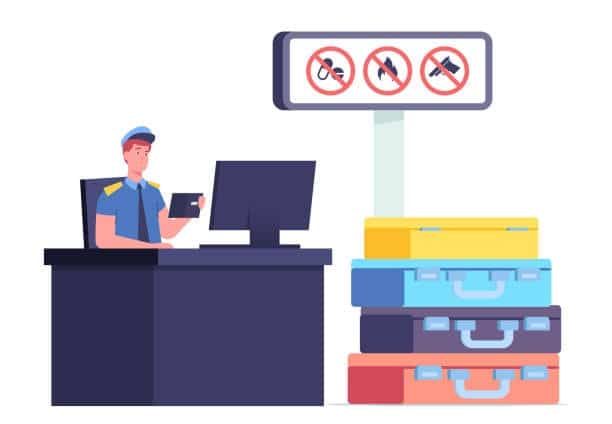
United States industries receive protection through the imposition of two trade regulations named Anti-dumping duties (ADD) and countervailing duties (CVD) from various countries .
Current Investigations:
- The U.S. government examines Japanese melamine imports for evidence of dumping that may lead to new import tariffs.
Businesses engaged in importation should consult ADD/CVD rates to determine when to pay customs duty, since failure to do so may result in unforeseen expenses.
The U.S.-Japan Trade Agreement (USJTA)

The U.S.-Japan Trade Agreement (USJTA) functions to deepen trade cooperation by removing all customs duties from diverse items for agricultural producers and automotive companies as well as manufacturing entities. Through the USJTA agricultural producers can better penetrate the Japanese market due to lower beef and pork and wine tariffs thus enabling U.S. farmers to broaden their export business. The automotive industry gains from this agreement because Japanese market access extends to both automotive components as well as entire finished vehicles through elimination of customs duties. Through its removal of trade obstacles the USJTA enables more optimal trade movement along with increased market accessibility and it promotes economic development of business sectors which depend on foreign trade. The USJTA provides advantages to agricultural producers together with automotive manufacturers and manufacturing companies by removing tariffs from 241 different tariff classifications.
Key Products Covered:
- Green tea
- Soy sauce
- Chewing gum
- Machine tools
- Bicycles and parts
- Musical instruments
Importers need to fulfill the conditions presented in Annex II of the agreement to earn USJTA benefits. A customs broker helps companies establish qualification criteria.
Calculating Import Costs
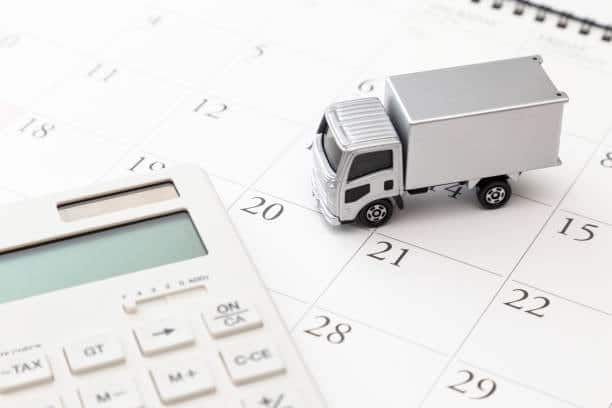
1. Import Duties Calculation
- Identify the product’s HTS code.
- Use the product value to perform the multiplication then apply the tariff rate.
- Divide the result by 100.
2. Merchandise Processing Fee Calculation
- Multiply the shipment’s value by 0.3464%.
- The maximum fee of $614.35 controls when the calculated fee surpasses this amount.
3. Harbor Maintenance Fee Calculation
- Multiply the shipment’s value by 0.125%.
Example: Importing a Japanese SUV
A Japanese SUV with a worth of $30,000 enters the country through importation.
- Import Duty (2.5%) → $750
- MPF (0.3464%) → $103.92
- HMF (0.125%) → $37.50
- The estimated import expenses without shipping and brokerage costs amount to $891.42.
Best Practices for Importing from Japan
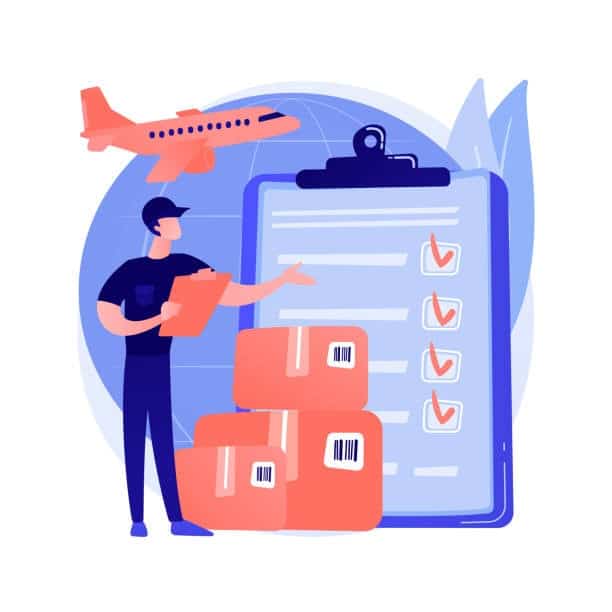
1. Work with a Licensed Customs Broker
A customs broker can help:
- Users should apply appropriate HTS codes to classify their products.
- Your company must follow provisions of the USJTA trade agreement.
- Handle import documentation and filings.
2. Use a Freight Forwarder for Shipping
A freight forwarder can:
- The organization should analyze shipping routes to minimize operational expenses.
- Assist with customs clearance.
- The team delivers information regarding shipping through oceans or by air.
3. Verify Trade Restrictions and Compliance
- Check for anti-dumping investigations.
- Companies must confirm that their products fulfill U.S. safety requirements such as those mandated by the FDA for food items and the DOT for vehicle safety.
4. Plan for Import Taxes and Fees
- Use digital duty calculators that help determine costs.
- Examine opportunities with trade agreements to lower the rates of applied tariffs.
Conclusion

The process of importing goods from Japan entails both useful advantages and company obstacles to navigate. Knowledge of U.S. customs laws combined with import customs payments, delivery expenses, and cargo transit time during a specific period allows people and businesses to lower their expenses while reducing shipment delays. Businesses that join trade agreements like USJTA along with boardroom experts in customs protocols and freight forwarding will enhance their import operations.
Japanese import offers businesses premium-quality merchandise at affordable prices mainly for electronic devices together with automotive components and consumer products categories. Companies performing imports into the US need to understand all aspects of U.S. customs regulations that include duty payment rules along with applicable taxes and required documentation for customs clearance, including options like japan post . To have a problem-free import process businesses need to file proper customs declarations while correctly classifying their products and meeting all safety and quality requirements. Organizations that monitor US trade policies and apply provisions from the U.S.-Japan Trade Agreement (USJTA) can optimize their costs and simplify their import procedures.
A company’s ability to manage Japan import logistics and regulatory demands substantially improves through expert involvement in customs procedures and freight forwarding. Specialists offer critical guidance for route selection as well as delivery duration reduction and protection from time-consuming delays and acceptable fines. Thanks to their expertise freight forwarders handle paperwork and negotiate shipping terms, including shipping costs, and conduct customs inspections which lowers administrative work for their business customers. Companies that incorporate suitable resources into their operations will improve their global market standing and optimize import efficiency which results in reduced costs and prompt delivery times for all goods shipped .
